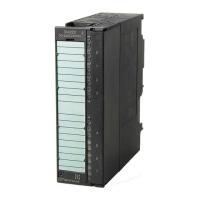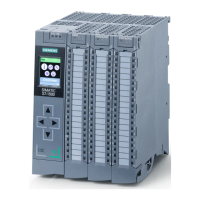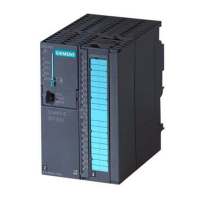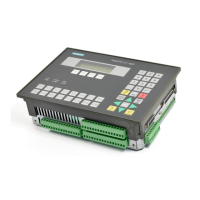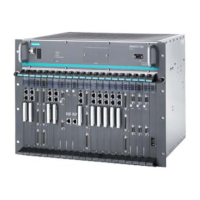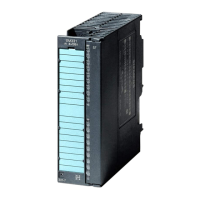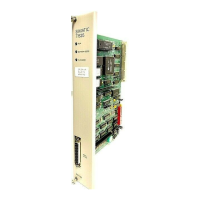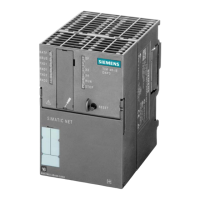Getting Started
3-5
Automation System S7-400H Fault-tolerant Systems
A5E00068197-07
Note
You can start and stop the S7-400H programmable logic controller using the
programming device too. You will find more information on this in online Help of
the S7-400H options package.
3.3 Examples of Fault-Tolerant System Response to Faults
Example 1: Failure of a central processing unit or power supply
Initial situation: The S7-400H is in redundant system mode.
1. Cause CPU0 to fail by turning off the power supply.
Result: The LEDs REDF, IFM1F and IFM2F light on CPU1. CPU1 goes into
solo mode, and the user program continues to run.
2. Turn the power supply back on.
Result:
– CPU0 performs an automatic LINK-UP and UPDATE.
– CPU0 changes to RUN and now operates as the standby CPU.
– The S7-400H is now in redundant system mode.
Example 2: Failure of a fiber-optic cable
Initial situation: The S7-400H is in redundant system mode. The mode selector of
each CPU is at the RUN or RUN-P position.
1. Disconnect one of the fiber-optic cables.
Result: The LEDs REDF and IFM1F or IFM2F (depending on which fiber-optic
cable was disconnected) now light on the two CPUs. The original master CPU
(CPU0) changes to single mode and the user program continues to run.
2. Reconnect the fiber-optic cable that you disconnected earlier.
3. Restart the original standby CPU (CPU1), which is now at STOP, by means of
STEP7 “operating status”, for example.
Result:
– CPU1 performs an automatic LINK-UP and UPDATE.
– The S7-400H reverts to redundant system mode.
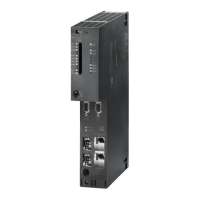
